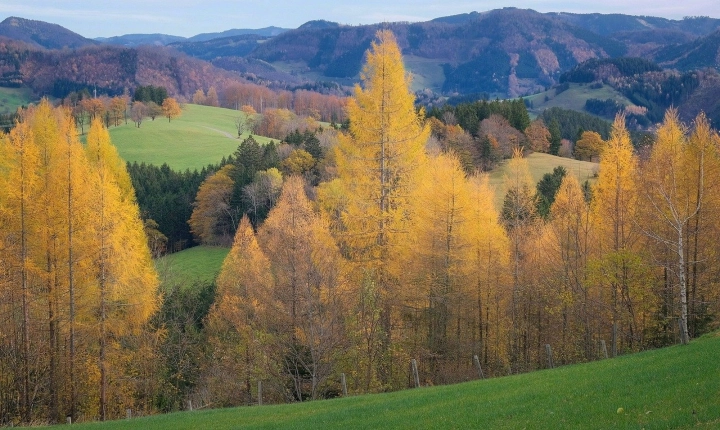Title: How to Create AI-Generated Images: A Beginner’s Guide
Artificial Intelligence has permeated various aspects of our lives, and one domain where it has made significant strides is in the creation of images. With the advent of AI-powered tools, even individuals with limited design skills can now create stunning visuals with ease. In this article, we will explore how to leverage AI to generate images and unleash your creativity.
Select a Suitable AI Tool:
The first step in creating AI-generated images is to choose a suitable AI tool. Several platforms and software are available, each offering different features and capabilities. Some popular AI-generated image tools include Deep Dream Generator, RunwayML, Artbreeder, and DALL.E, among others. It’s essential to explore and compare these tools to find one that aligns with your specific requirements and skill level.
Understand the Basics of Image Generation:
Before diving into the use of AI, it’s important to have a basic understanding of how image generation works. AI-generated images are created using algorithms and trained models that can interpret and manipulate input data to produce new visuals. These algorithms can be based on machine learning, deep learning, or other AI techniques. Understanding these concepts can provide insights into how AI generates images and how you can control the output.
Training and Customization:
Some AI tools allow users to train their own models or customize existing ones. This can be a more advanced step, but it offers the advantage of creating images that are more tailored to your specific needs and style. Through training, users can input their own datasets, fine-tune parameters, and control various aspects of the image generation process.
Experiment with Different Styles and Techniques:
Once you have chosen an AI tool and familiarized yourself with the basics, it’s time to start experimenting. Play around with different styles, techniques, and settings to see how they influence the generated images. Many AI tools offer a wide range of options, such as style transfer, morphing, and blending, allowing users to create unique and visually compelling images.
Refine and Iterate:
Creating AI-generated images is an iterative process. Don’t be discouraged if your initial attempts don’t yield the results you desire. Take the time to refine your techniques, experiment with different inputs, and explore the capabilities of the AI tool. The more you practice, the better you will become at generating high-quality images.
Ethical Considerations:
As with any technology, it’s important to consider the ethical implications of using AI-generated images. Ensure that you have the right to use the input data and that the generated images do not infringe on any copyrights or intellectual property rights. Additionally, be mindful of the potential for misuse or misrepresentation of AI-generated visuals, and use these tools responsibly.
Final Thoughts:
The ability to create AI-generated images opens up a world of possibilities for artists, designers, and creators. Whether you’re a professional looking to streamline your workflow or a novice eager to explore the world of digital art, leveraging AI tools can provide a powerful and accessible means of image generation. By following the steps outlined in this guide and embracing a spirit of experimentation and creativity, you can unlock the potential of AI to bring your visual ideas to life.
